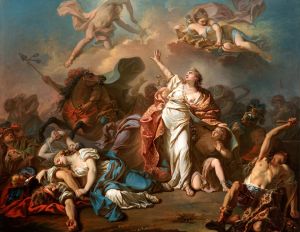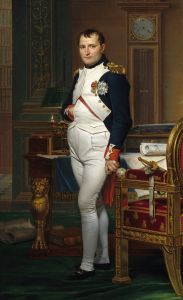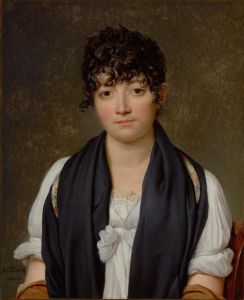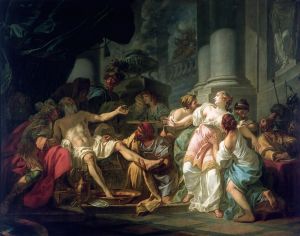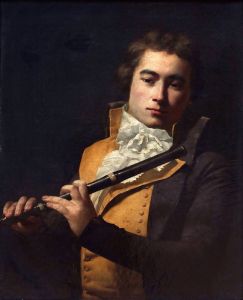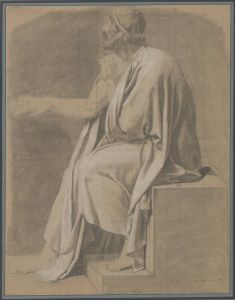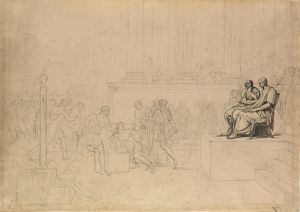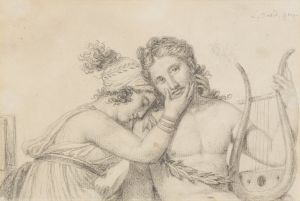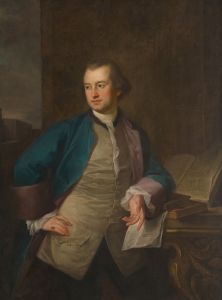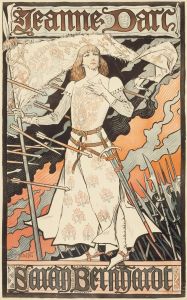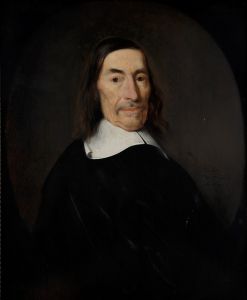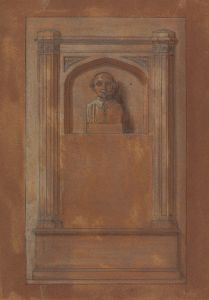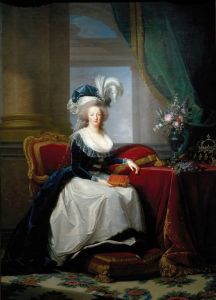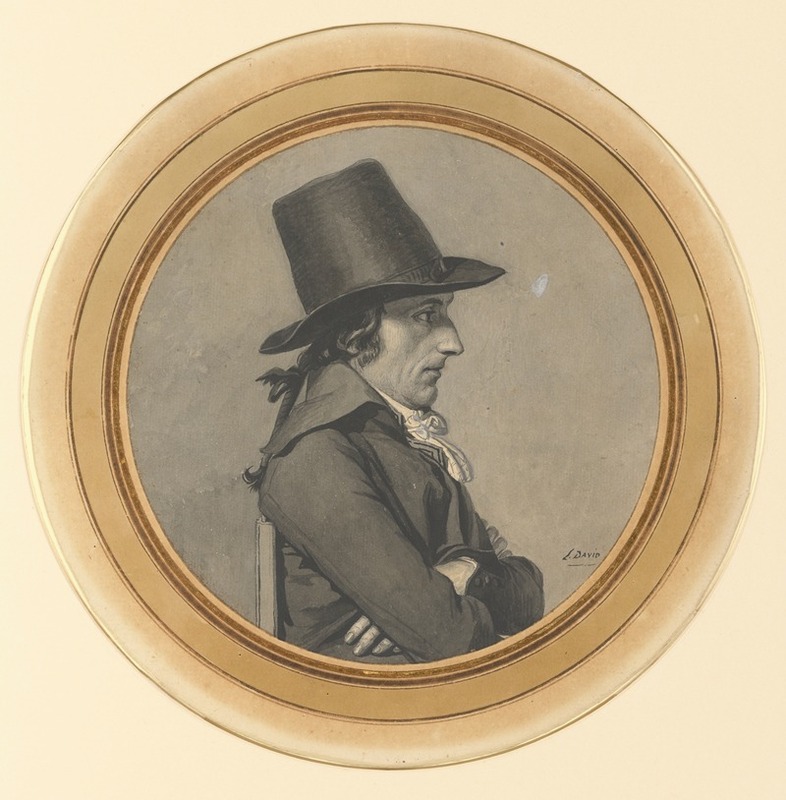
Portrait of André-Antoine Bernard, called Bernard de Saintes
A hand-painted replica of Jacques Louis David’s masterpiece Portrait of André-Antoine Bernard, called Bernard de Saintes, meticulously crafted by professional artists to capture the true essence of the original. Each piece is created with museum-quality canvas and rare mineral pigments, carefully painted by experienced artists with delicate brushstrokes and rich, layered colors to perfectly recreate the texture of the original artwork. Unlike machine-printed reproductions, this hand-painted version brings the painting to life, infused with the artist’s emotions and skill in every stroke. Whether for personal collection or home decoration, it instantly elevates the artistic atmosphere of any space.
The "Portrait of André-Antoine Bernard, called Bernard de Saintes" is a painting by the renowned French artist Jacques-Louis David. David, a leading figure in the Neoclassical movement, is celebrated for his historical and portrait paintings that often reflect the political and social climate of his time. This particular portrait is an example of his skill in capturing the likeness and character of his subjects.
André-Antoine Bernard, also known as Bernard de Saintes, was a notable figure during the French Revolution. He was a lawyer and politician who played a significant role in the revolutionary government. Bernard was a member of the National Convention and was involved in the political upheavals that characterized this tumultuous period in French history. His association with the revolutionary government and his political activities made him a subject of interest for artists like David, who were keen to document the key figures of the era.
Jacques-Louis David was deeply involved in the political life of France during the Revolution. He was a supporter of the revolutionary cause and used his art to promote its ideals. His portraits often served as both personal likenesses and political statements, capturing the spirit of the age and the personalities who shaped it. The portrait of Bernard de Saintes is no exception, as it reflects both the individual character of Bernard and the broader revolutionary context.
In the portrait, David employs his characteristic style, marked by clarity, precision, and a focus on the sitter's expression and demeanor. The composition is typically Neoclassical, with an emphasis on simplicity and order. David's use of light and shadow enhances the three-dimensionality of the figure, giving Bernard a commanding presence. The attention to detail in the rendering of Bernard's features and attire underscores David's skill as a portraitist.
The painting is also notable for its historical significance. As a depiction of a revolutionary figure, it provides insight into the personalities who were instrumental in shaping the course of French history. David's ability to convey the character and status of his subjects makes this portrait an important document of its time.
While the exact date of the painting's creation is not specified, it is likely to have been painted during the height of the French Revolution, when David was actively engaged in portraying revolutionary leaders and events. The portrait of Bernard de Saintes is part of David's broader body of work that includes portraits of other significant figures of the Revolution, such as Jean-Paul Marat and Maximilien Robespierre.
Today, the "Portrait of André-Antoine Bernard, called Bernard de Saintes" is appreciated not only for its artistic merit but also for its historical value. It serves as a testament to Jacques-Louis David's role as a chronicler of his time and his ability to capture the essence of the individuals who were at the forefront of revolutionary change. The painting remains an important piece for both art historians and those interested in the history of the French Revolution.





